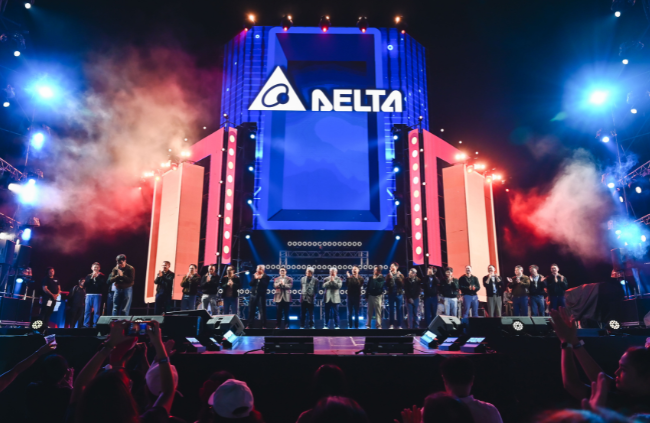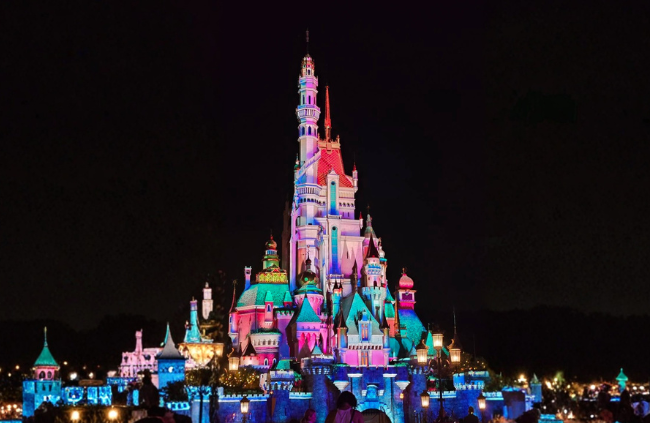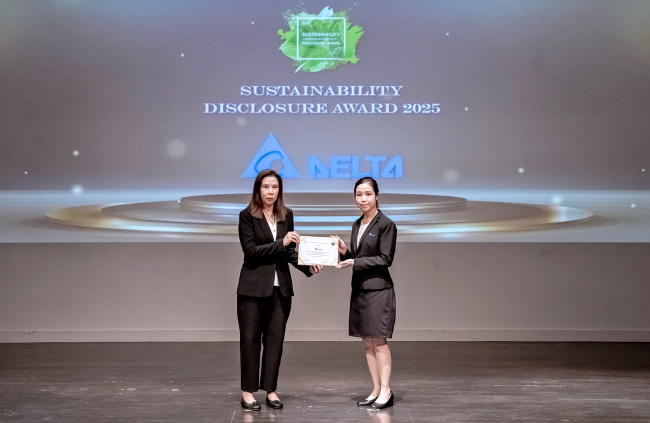Exploring Bangkok’s Ancient Yet Thriving Chinatown-Yaowarat
By David Nakayama - Published March 10, 2021
 Text by David Nakayama, DET Corp Comms
Text by David Nakayama, DET Corp Comms
Photos by Pornsuda Witoonchatree, DET Corp Comms
Bangkok, Thailand, February 8, 2021- Thailand has one of the largest overseas Chinese communities in the world with over 400 years of assimilation into Thai culture. So it’s no surprise that Bangkok boasts one of the largest and arguably unique Chinatowns in the world which was founded in 1782.
Many people refer to Bangkok Chinatown as Yaowarat, but the ethnic quarter goes beyond the iconic main road and includes the original core district of Sampheng, Charoen Krung Road and neighborhoods of Song Wat and Talat Noi along the Chao Phraya River.
So let’s go through Bangkok Chinatown and check out some great eats, memory lane nostalgia and hip new hangouts amidst the hustle and bustle that makes every Chinatown a fascinatingly chaotic place.
Enjoying Michelin guide rated street food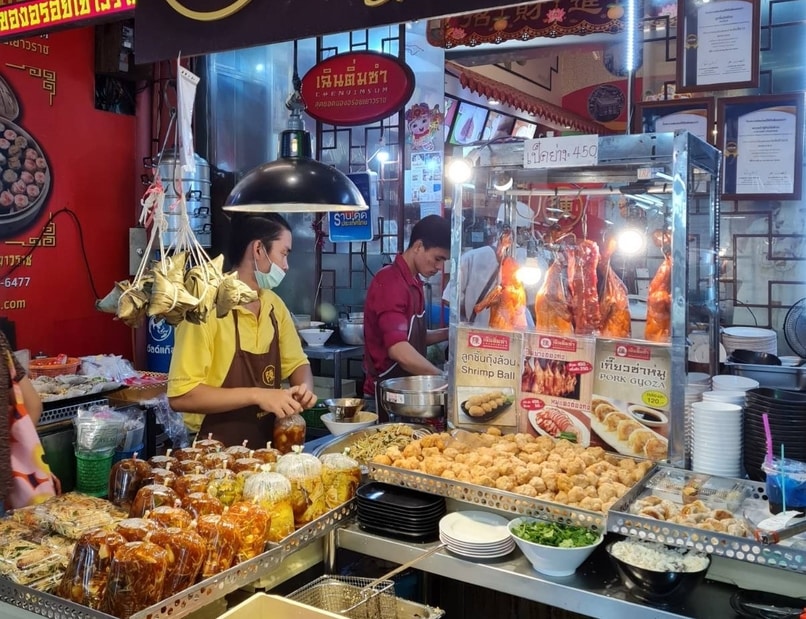 The number one reason most Thais, and many foreign visitors, come to Yaowarat is to try the delicious street food. There are hundreds of dishes and eateries to choose from but don’t judge a place by its appearance. You may enjoy some of the best dishes sitting on a plastic stool on the broken pavement surrounded by people, tuk-tuks, motorcycles and random pets.
The number one reason most Thais, and many foreign visitors, come to Yaowarat is to try the delicious street food. There are hundreds of dishes and eateries to choose from but don’t judge a place by its appearance. You may enjoy some of the best dishes sitting on a plastic stool on the broken pavement surrounded by people, tuk-tuks, motorcycles and random pets.
Probably the most famous Yaowarat restaurant is run by Jay Fai who cooks specialties like crab omelet over a flaming charcoal fire while wearing goggles and a beanie. This once humble restaurant shot to fame with a Michelin star in 2018, feature in Netflix and hype from armies of YouTuber “foodies”. There are still many other accessible and realistically priced gems around like the Guay Jub Ouan Pochana noodle restaurant that has the Michelin Bib Gourmand for their Guay Jub (rice noodles with pepper pork broth).
What makes the Bangkok Chinatown food experience so unique is the blend of Thai and Chinese food. In the same alley or even at one restaurant, you can enjoy traditional Thai dishes like Tom Yun Goon (spicy and sour shrimp and chili coconut milk soup), authentic Chinese braised duck rice and a colorful Thai-Chinese fusion dim sum that would never be considered dim sum in Hong Kong or Guangzhou.
Shop at Sampeng Market and drink around Hua Lamphong station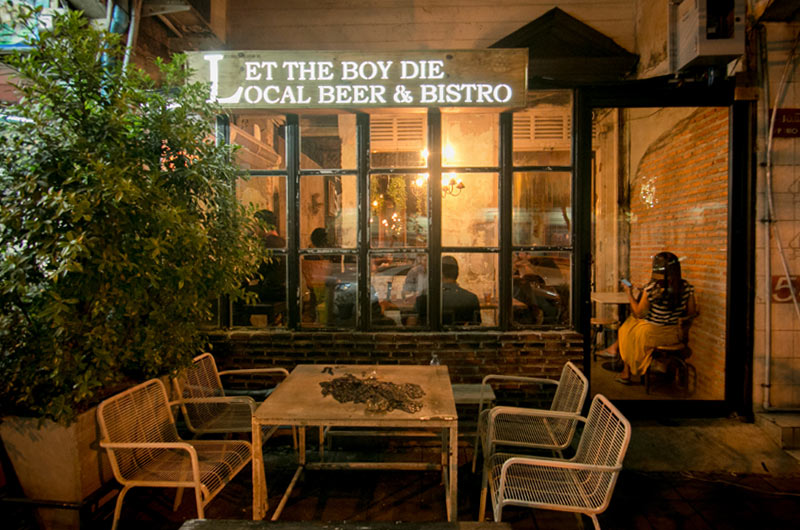
Image Source: Unlockmen.com
Chinatown’s Sampeng Market is a daytime market where locals go to get cheap trinkets, accessories, toys, watches and other electronics wholesale. You can expect to find more bargains than quality buys in the stalls and shops that crowd the narrow alleyways. Although this market isn’t touristic like the Chatuchak Weekend Market or trendy like Rachada night market, you can still find some historical buildings and the rare local gems amid the mountains of tacky Chinese imports.
Besides the street art decorating old buildings and alley walls, you’ll also find trendy art and culture in the galleries, boutiques and bars in renovated shophouses near the Bangkok railway station or Hua Lamphong station. From classic cocktail bars to indie craft beer shops with wildly imaginative names, there’s no shortage of stops for anyone who loves arts and drinking.
Discovering new local attractions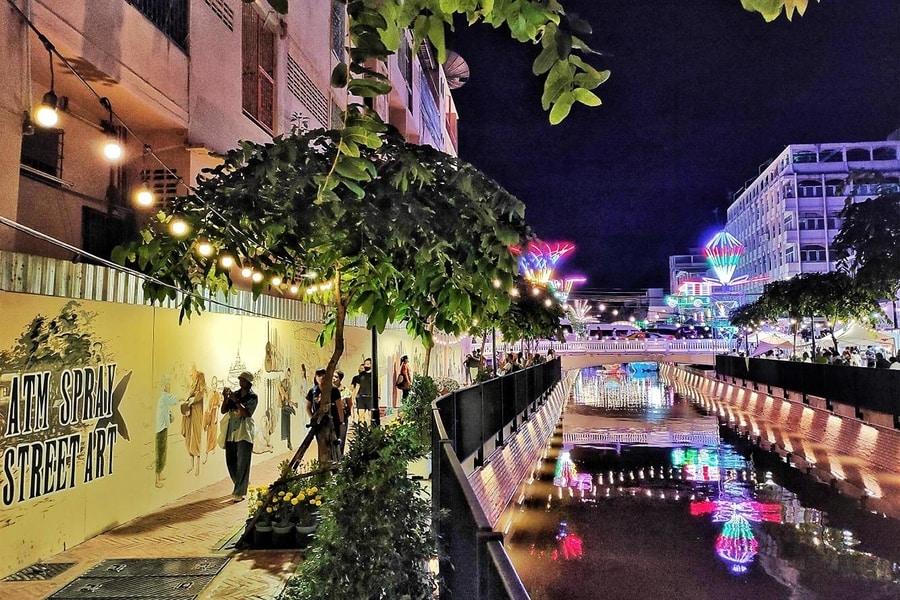
Image Source: Bangkok Post
And Bangkok’s ancient Chinatown hasn’t stopped evolving. In 2020, the new Klong Ong Ang Walking Street was opened in a revitalized part of Chinatown. The once filthy canal was cleaned and is now a relaxing place for Thais to enjoy.
As COVID-19 restrictions ease, it’s become a popular place for families to visit on weekend evenings. You can browse the stalls and see live musicians perform on the walkways of both canal banks while stopping to take photos with the new street art murals.
Useful Links
Bangkok Chinatown: https://www.tourismthailand.org/Articles/the-adventure-through-bangkok-s-chinatown
Michelin Guide Yaowarat: https://guide.michelin.com/th/en/article/dining-out/five-incredible-street-food-stalls-in-yaowarat-s-chinatown
Locations
Yaowarat Road: https://goo.gl/maps/xfLjzqwVQVL5bX8r9
Sampeng Market: https://g.page/sampengmarket?share
Hua Lamphong Station: https://goo.gl/maps/ryupnJBYdYPHzgEFA
Klong Ong Ang Walking Street: https://goo.gl/maps/4vj5pvXgBWfy5G2ZA


